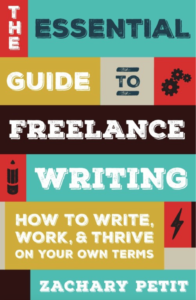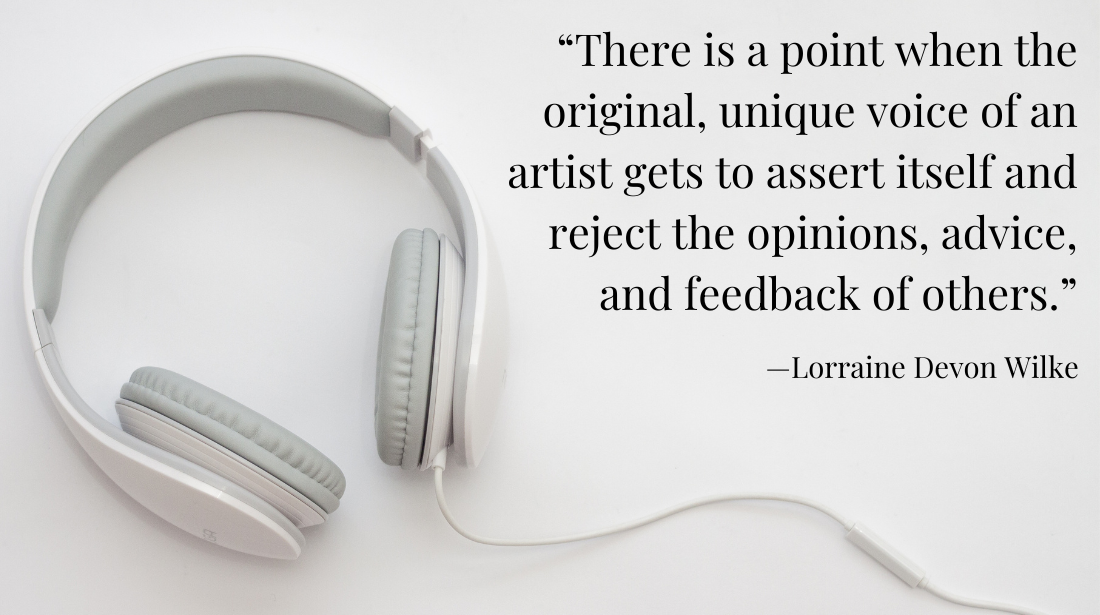How to Use Objects to Strengthen Your Characters
One of the most common techniques fiction writers fail to implement is the use of objects. Chances are, your character isn’t just standing there, spouting off dialogue. The character is…
One of the most common techniques fiction writers fail to implement is the use of objects. Chances are, your character isn't just standing there, spouting off dialogue. The character is doing something with his hands. She's exchanging a business card. He's fiddling with a pencil. Objects provide concreteness to scenes and bring importance to dialogue and encounters. WD author Matt Bird explains the significance of objects in this video, as well as the below excerpt from his new book, The Secrets of Story: Innovate Tools for Perfecting Your Fiction and Captivating Readers.
">
Matt Bird has an MFA in screenwriting from Columbia University. He developed these ideas on his popular blog, "Cockeyed Caravan." He currently works as screenwriter in Chicago.
The Secrets of Story provides comprehensive, audience-focused strategies for becoming a master storyteller. Armed with the Ultimate Story Checklist, you can improve every aspect of your fiction writing with such incisive questions as:
- Character: Can your audience identify with your hero?
- Structure & Plot: Is your story ruled by human nature?
- Scene Work: Does each scene advance the plot & reveal character through emotional reactions?
- Tone: Are you subtly setting, resetting, & upsetting expectations?
To succeed in the world of fiction and film, you have to work on every aspect of your craft and satisfy your audience. Do both—and so much more—with The Secrets of Story.
From The Secrets of Story:
Are one or more objects representing larger ideas that grow in meaning each time they’re exchanged throughout the story?
Independent filmmakers Ted Hope and James Schamus had a great list of “No-Budget Commandments” when they ran their own production company. One was “Invest meaning in everyday commonplace things—make an orange a totemic object John Ford would be proud of.”
You can’t rely on character interactions to reveal all the emotions. When characters talk with each other, they have three different factors influencing them:
- their current mood
- what they want the other characters to do
- how they feel about the other characters deep down
But when you establish their relationship to an object, they can express their true emotions, unfiltered by other baggage.
Example from The Color of Money:
In The Color of Money, Paul Newman trains a naïve young pool phenomenon played by Tom Cruise. Together with Cruise’s shady girlfriend (Mary Elizabeth Mastrantonio), they tool around the Northeast, hustling in dingy joints on their way to a big tournament in Atlantic City.
Sure enough, all of the characters have their own totem objects:
- First, Newman gives Cruise a fancy pool cue, on the condition he never use it because it would ruin the hustle. It becomes the object of all of Cruise’s frustrations as he tries to learn the business.
- Mastrantonio wears a necklace she stole from Cruise’s mother. She chuckles as she explains to Newman, “He says his mom had one just like it.” As they compete to see who will get to exploit Cruise’s talent, Newman keeps an eye on the necklace to remind himself of whom he’s dealing with.
- Newman doesn’t get his totem object until the end of the second act. It’s what Joseph Campbell would call “the special weapon he finds in the cave.” Newman finally admits he needs prescription glasses and uses them to compete with his former protégé.
Count how many glances and comments each one of these objects earns, and how they change meaning over the course of the movie—when they get taken out, put away, or change hands. The cagey characters can’t say what they feel, but their interactions with these objects reveal all.
As Ted Hope points out, this is the sort of thing that creates easy value. Too many stories can be summed up as “people stand around in rooms and talk,” but a story starts to come alive when the audience knows certain objects are fraught with meaning.
Example from Sherlock:
The acclaimed BBC series Sherlock updates the original Arthur Conan Doyle stories to modern day, with lots of texting and blogging added in, but show runner Stephen Moffat knows the art of adaptation is about more than technology. Even if his version had been set in 1887, Moffat is smart enough to know that some things must be changed simply because of the transition from prose to television.
The first episode adapts the novel that introduced Sherlock Holmes and his friend Watson: A Study in Scarlet. In the novel, our narrator, Watson, has survived a massacre in Afghanistan without injury, but he’s plagued by depression (which modern readers recognize as post-traumatic stress disorder, though it was still unnamed at the time). Because this is first-person prose, Watson can tell the reader about his depression in the text. As he recounts his adventure with Sherlock Holmes, he explains how it gradually helps him break free of his malaise. This is what first-person prose does best: It allows us to directly commune with the thoughts and feelings of a person as he is changed by an experience.
But television’s moving images are nowhere near as intimate as first-person prose. Sure, you can use a lot of narration or therapy scenes, but television is a visual medium, so the best way to convey a character’s psychology is through his physical interactions. But a condition like PTSD is problematic because no one can see it. How do you show it? You externalize it.
Moffat does this very simply: He manifests Watson’s PTSD as a psychosomatic limp. Watson walks with a cane, but as soon as he meets Holmes, Holmes instantly perceives he doesn’t really need it, which both offends and intrigues Watson. Sure enough, after Watson has gotten thoroughly engrossed in Holmes’s adventures, they find themselves caught up in a sudden chase. Only after the chase is over does Watson realize he’s left his crutch behind, literally and figuratively.
Cris Freese is a technical writer, professional book editor, literary intern, and the former managing editor of Writer's Digest Books. Cris also edited the annual guides Children's Writer's & Illustrator's Market and Guide to Literary Agents, while also curating, editing, and writing all content for GLA's online companion. crisfreese.com









